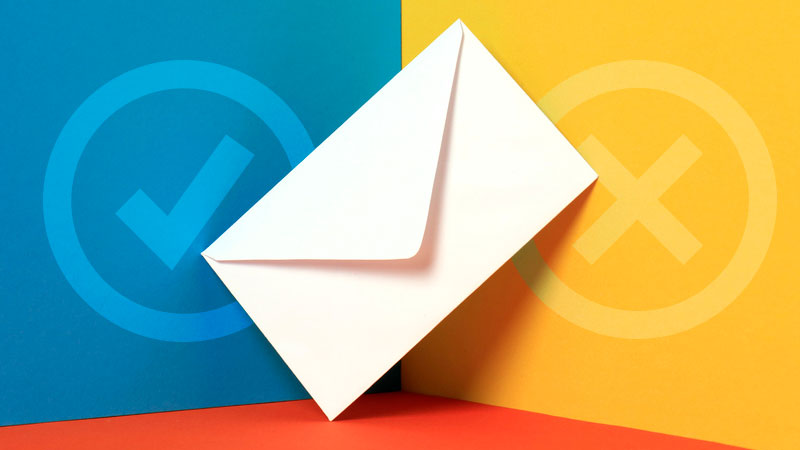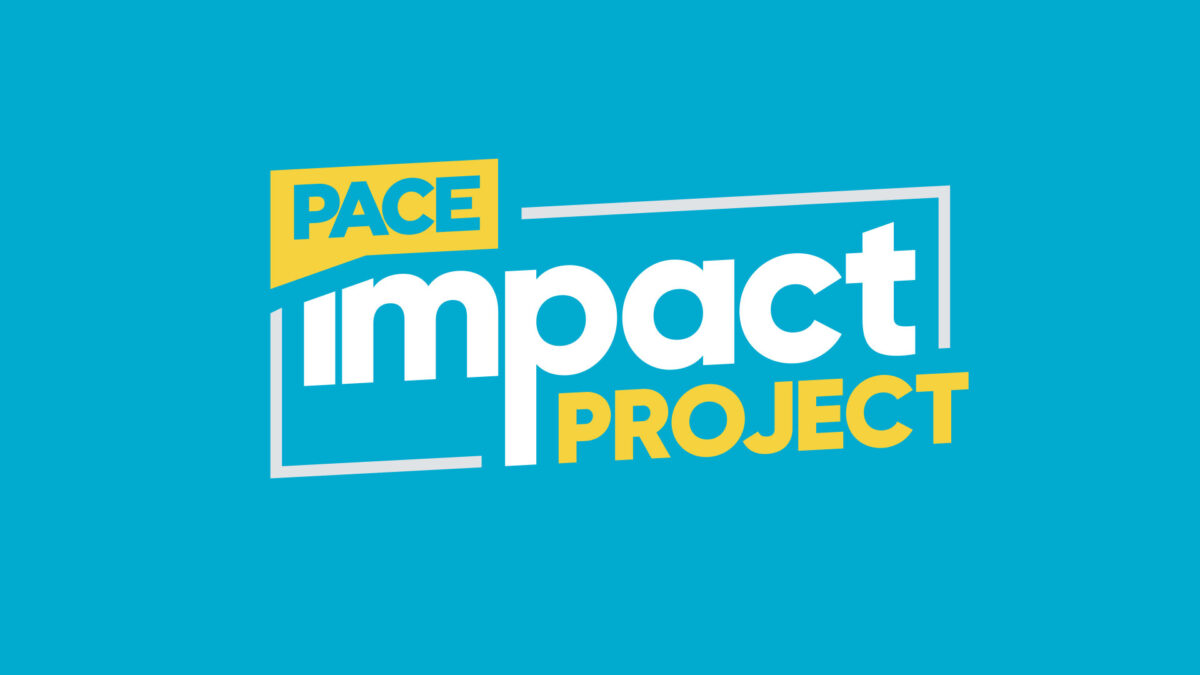As brands race to reassure customers and clients during this time of ever-changing news, inboxes are exploding with messages from nearly every brand under the sun. Many marketers, upon seeing brands send these messages, feel a strong urge to jump in with messages of their own. This is where smart email marketing strategies need to come in to play, so do the following first.
Stop.
Step away from your laptop.
Do not hit that send button.
At least, not yet.
While it’s important to communicate with your customers during this time of unknowns, avoid jumping on the email bandwagon too quickly. Instead, take a moment to be sure you’re following some simple guidelines. It can be the key to preventing your brand’s email from turning into a meme-ified disaster.
DO
Provide specific details on how your services will impact customers
Most brands are reassuring their customers that every effort is being made to keep them safe. Feel free to go into detail here, but be specific about the extra measures you’re taking. If you tell us that employees are diligently washing their hands, we’re going to worry that maybe they weren’t already doing that.
Give details on the impact:
- How are your products or services changing during this time?
- Will your store have limited hours?
- Are you limiting the number of people you allow in the store?
- Are you anticipating low inventory?
- Will delivery times be delayed?
- How can your customers contact you if they have questions?
Those are the details customers need right now. Be sure to also add these details to your website where possible.
Be of service
There are a lot of ways to help your customers during this time, even when your brand has nothing to do with healthcare.
Gold’s Gym is a great example. They’re offering free access to on-demand workouts through their app, GOLD’S AMP Fitness, and online through their Stronger Anywhere site.
In the B2B world, Sysco has helped grocers and restaurants pivot and grow their businesses through pop-up shops and educational content.
LinkedIn has opened 16 of its online learning courses for free, specifically focused on teaching users how to stay productive and build relationships when they aren’t face-to-face.
On the smaller business front, food bloggers are offering free online cooking classes and photographers are teaching people how to finally sit down and learn to use that camera they got last Christmas.
How can you use your own email marketing strategies to help your customers through this tough time? Can you educate them? Can you distract them? Whatever it is, just offer to help. Not only is it the right thing to do, it’s also a great way to live up to your brand values.
DON’T
Use this as a re-engagement campaign
We are existing in a time of heightened anxiety. Many brands are adding to this anxiety by contributing to the explosion of new email notifications. Consumers are complaining about getting coronavirus-themed emails from brands they haven’t engaged with in years. If you’re sending out a message, be sure it’s only to relevant contacts. Filter for customers who have a current and active relationship with your brand. Trying to re-engage with customers who haven’t heard from you in the last six months will likely result in unsubscribes and being mocked on social media.
Engage in virtue signaling
Virtue signaling is when a brand makes grand statements about its values but is not taking clear actions that align with those values. Brand values matter. Recent studies indicate that the majority of consumers consider a brand’s values and ethics in their purchasing decisions. Sending an email saying that you’re aware of the pandemic and are reacting to it is not enough. Everyone is aware of and reacting to this situation. Customers also don’t need to know you value the health and safety of your employees—this is something your customers should already know. The problem with this type of message is that it does nothing to comfort or inform the consumer. It does nothing to improve the relationship customers have with your brand and in some cases could even harm that relationship.
This doesn’t mean that your brand has nothing valuable to say and should be silent. However, any message you send should have some content that’s helpful to the customer.
Be ‘deaf’ to the pandemic
While businesses do still need to work toward sales goals and others are just trying to stay afloat, don’t be insensitive to your loyal subscribers and pretend everything is normal, either.
Recent surveys show that customers still want to hear from the brands they trust. Some retailers have done a great pivot in their email marketing to shift their focus on the current needs of their shoppers.
While back-to-school would likely be the most popular season for desks and other in-home equipment, Sears has been carefully crafting promotional emails that feature furniture and goods they offer to make working from home easier in a way that also positions them as wanting to help their customers rather than capitalizing on the events taking place.
Other apparel retailers and in-home brands have done a great job of sensitively promoting “cozy” and “comfort” at home, with a small extra offer like free shipping. It just helps to sweeten the deal without seeming like they’re trying to take advantage of circumstances.
However, there are emails hitting inboxes that are very “business as usual,” which at a time like this is likely to cause unsubscribes to peak.
Email fatigue is always an issue. Right now, it’s at an all-time high. If you want your efforts to be successful and to avoid damaging your brand’s relationship with customers, before you hit that send button, ask yourself two questions:
- Is this message truly different from the messages my customer is getting from every other brand?
- Does this message offer something my customer truly needs to know right now?
If the answer to either of these is anything less than an enthusiastic yes, do yourself and your anxious audience a solid: Do not hit that send button.
Once you’ve got your messaging down, check out our recent blog series on email marketing to be sure that you’ve got all the info you need to create a great campaign.



